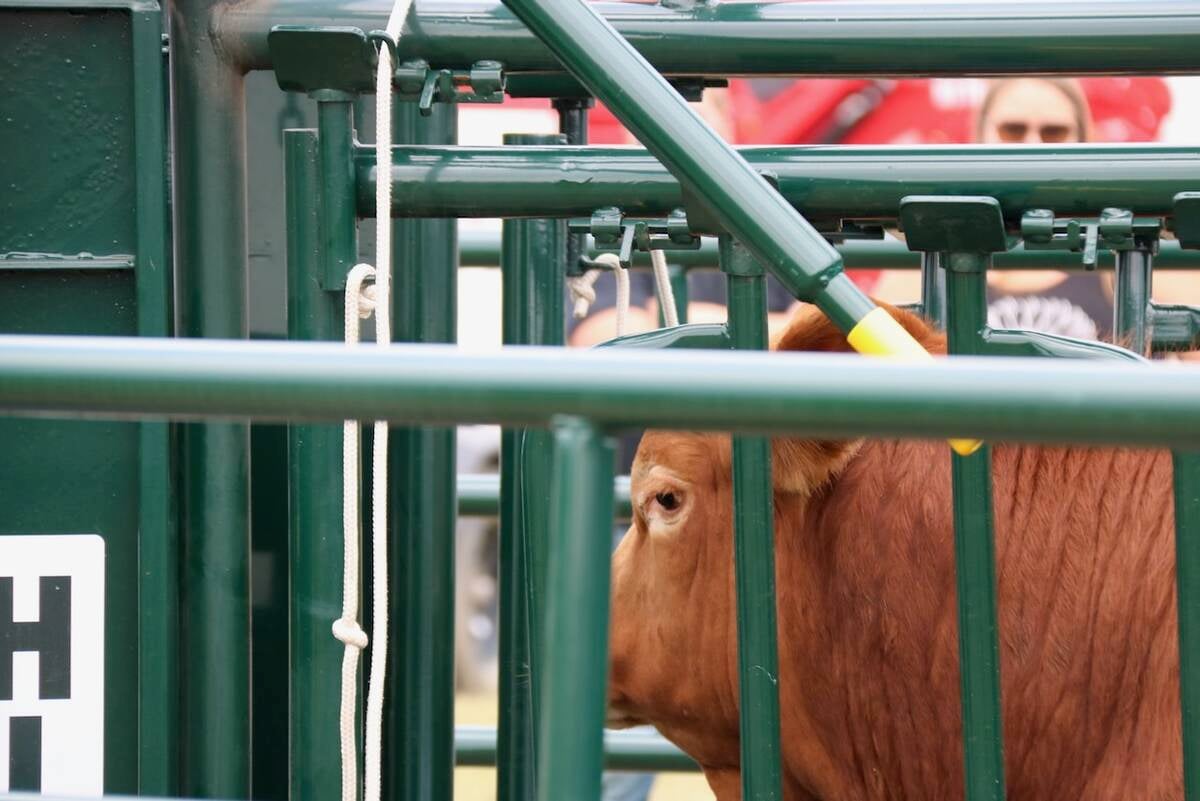Two years ago, Jack Horner was ready to give up his fight for grazing leaseholders’ rights.
But Bill 16 has renewed the Pollockville, Alta., rancher’s resolve in getting a fair shake for people renting government-owned grazing land.
A more controversial version of the law, Bill 31, was pulled when the Alberta government decided it lacked balance. The new bill proclaimed last July has laid out public access more clearly, and financial matters such as rent, transfer fees and energy company compensation are under negotiation.
A committee representing agriculture, energy and other user groups is working with government to form new public lands policy. The committee is about to be expanded when it discusses rent and compensation for damages by energy companies.
Read Also

Good handling equipment a must on cattle operations
It’s important for the safety of producers and everyone else dealing with their stock that handling equipment is functional and safe.
Horner worries an expanded committee may be less effective and may not address leaseholder concerns.
“It is very worrisome because we, the leaseholders, will only have two people on it,” he said in an interview during the Alberta leaseholders annual meeting Feb. 24. “The leaseholder is going to be in the minority on this committee and that only compounds the problem.”
Compensation now is negotiated between the leaseholder and energy companies. Disputes are handled through the Surface Rights Board.
Calgary lawyer Tom Ferguson said the new bill provides a better way to work with energy companies to get compensation. But worry persists among leaseholders that the government could still step in and collect the compensation.
“In our view the government cannot take compensation that is available to you under the surface lease without changing the Surface Rights Act,” said Ferguson.
Rent and transfer fees are up for debate under the new bill.
Fees are payable when a lease is transferred to a new lessee to cover administration charges, but many claim these are a tax. Fees vary across the province. For example, transfer fees in the foothills are $100 per animal unit compared to $5 per animal unit in the Peace River district.
Another ongoing concern is public access and the definition of public lands.
“People have no understanding. They think it is an open gate policy,” said Margaret Kvigstad of Metiskow.
Many hunters and recreational users remain unaware of recent changes.
The government has promised to continue advertising the amendments but admits it is difficult to reach everyone. And with provincial staff cuts there are not enough game wardens to control hunters.
Keith Lyseng and Cliff Henderson of Alberta Sustainable Development said leaseholders are asked to submit their names to a provincial website so people may contact them if they wish to enter the property.
“We have not gotten the message out to all the users,” said Lyseng.
Leaseholders may restrict access to keep vehicles out during fire bans or to keep hunters out if cattle are on the range. Lyseng suggested leaseholders prepare recreational management plans with the help of local settlement officers.
Concerns were also raised about public liability. For example, if someone starts a fire, the government is not responsible even though the lessee may have lost his forage. Careless use of all-terrain vehicles or trucks may tear up grass and cause erosion.
“Some people say this is only grass but for some of us, that is the only asset we have ever had,” said Wayne Severtson of Manyberries.















